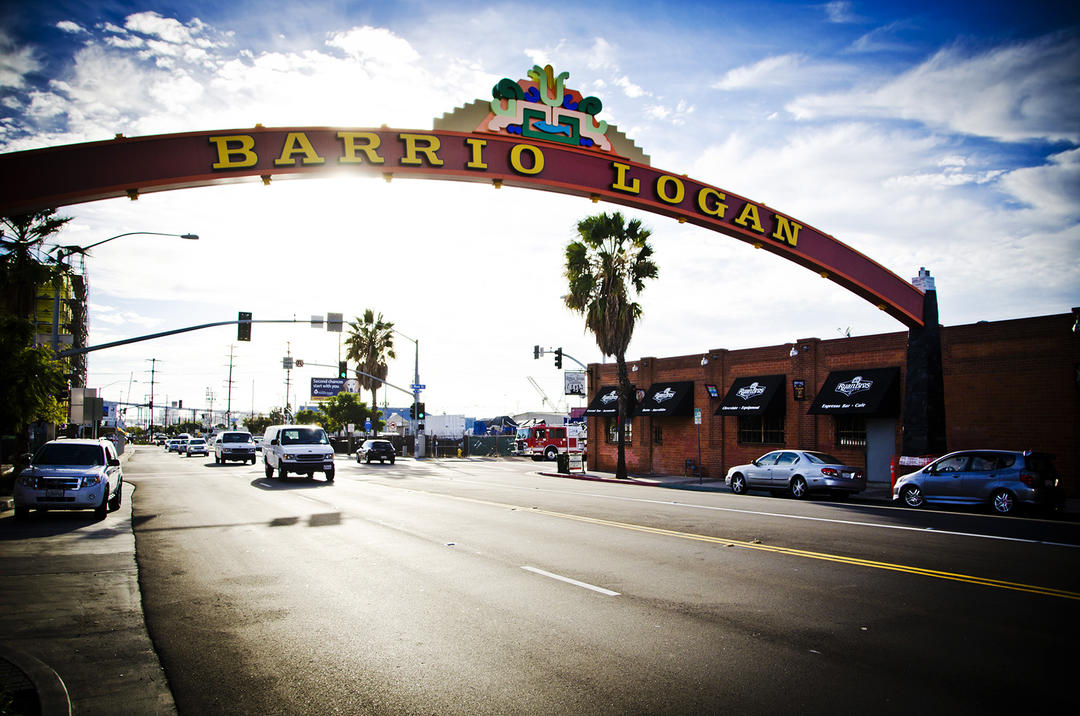The Port of San Diego commissioned the Barrio Logan Nighttime Noise Study to identify nighttime noise sources and collaborate with the City of San Diego, Working Waterfront, and local industry to work with the community to potentially advance some of the Study’s suggested measures to decrease nighttime noise. Nighttime noise is a neighborhood issue that affects quality of life, including mental and physical health.
About the Study
From September to December 2019, the Port sought information from community members and stakeholders about nighttime noise sources between the hours of 10 p.m. and 6 a.m., with a focus on 1 a.m. to 4 a.m. Port staff and consultants collected information and data through extensive community outreach, including consultation with local businesses and industry, a community survey, and data collection by portable monitoring equipment.
After completing the outreach and collecting the survey responses and data, the Port analyzed the information and drafted a final report that identifies recommended strategies, practices, and procedures, if applicable, that could be potentially implemented to reduce nighttime noise sources in the community. In the report, the data showed most areas within Barrio Logan to be in compliance with applicable noise standards and policies most of the time; however, momentary impulse sources that rise above the standards occur on a frequent and regular basis and nighttime noise continues to be problematic for many residents.
Where is the noise coming from?
The most significant nighttime noise sources are from vehicular traffic and rail operations.
- Traffic on freeways and local streets: Relatively constant noise from flowing traffic on Interstate 5 (I-5) and State Route 75 (SR-75), and more variable and generally louder noise from passing vehicles on local streets.
- Rail activities: Freight train assembly (referred to as coupling) and switching operations that occur primarily in the Burlington Northern Santa Fe (BNSF) and San Diego Metropolitan Transit System (MTS).
- Rail activities: Federally mandated freight and passenger train horns and bells at each of the seven MTS and five BNSF road crossings in Barrio Logan.
- Working waterfront operations: Noise from machinery and outdoor operations.
FINAL REPORT
The City of San Diego Noise Ordinance does not regulate mobile sources. However, noise associated with vehicular traffic and rail operations are regulated by federal standards and/or the City of San Diego’s General Plan, Noise Element. The Study determined that noise levels associated with mobile sources followed these standards.
Nevertheless, the Study identified several options that could help avoid, minimize, and/or mitigate disruptive nighttime noises in Barrio Logan including, but not limited to:
- Physical Improvements, such as installing grade separation intersections for the railroad in order to avoid train horns and crossing bells, requiring loud equipment to be enclosed, and/or constructing sound walls at key locations along railroad right of ways. The Study specifically called out locations at 28th Street and 32nd Street for grade separations, which are also identified within SANDAG’s current Regional Transportation Plan as part of the Blue Line Rail Grade Separation Project.
- Operational changes, such as working with government officials to establish a “quiet zone” through Barrio Logan. This would eliminate the required sounding of loud horns that range between 96 to 110 dbA, for the 53 MTS Blue Line Trolley trains that travel through the community between the hours of 10 p.m. and 7 a.m. on weekdays, as well as up to six freight trains between 12 a.m. and 4 a.m.
- Nighttime Noise Compliance involves working with local businesses to meet existing noise standards, and reporting repeat disturbances to the City’s code enforcement division. The Study identified some recycling operations occurring outside posted business hours, including the use of forklifts, trucks and other equipment being used between the late-night hours of 2 a.m. and 3 a.m.
- Finally, there are Best Management Practices and other tools that can be employed, such as eliminating windows in buildings that face noise sensitive areas and requiring exterior doors to be closed during nighttime activities can help lower industrial noise activities. Additionally, the San Diego International Airport has had some success implementing a Quieter Home Program. The Airport established a fund that retrofit homes with sound insulation materials to lower indoor noise levels by at least five decibels. A similar program could be pursued by the City of San Diego for Barrio Logan residents.
Although no single concept or improvement is capable of lowering the ambient noise levels throughout the community, the cumulative effect of implementing several of these measures over time is likely to reduce nighttime noise levels in the community. The Study may serve as a resource for future public policy discussions related to nighttime noise.
The Port will continue to work with the Barrio Logan community and the City of San Diego to potentially advance some of the study’s suggestions to help reduce nighttime noise levels in Barrio Logan.
For more information about the study, please contact Maggie Weber, Senior Planner, Planning Department at 619.686.6598 or maweber@portofsandiego.org.
